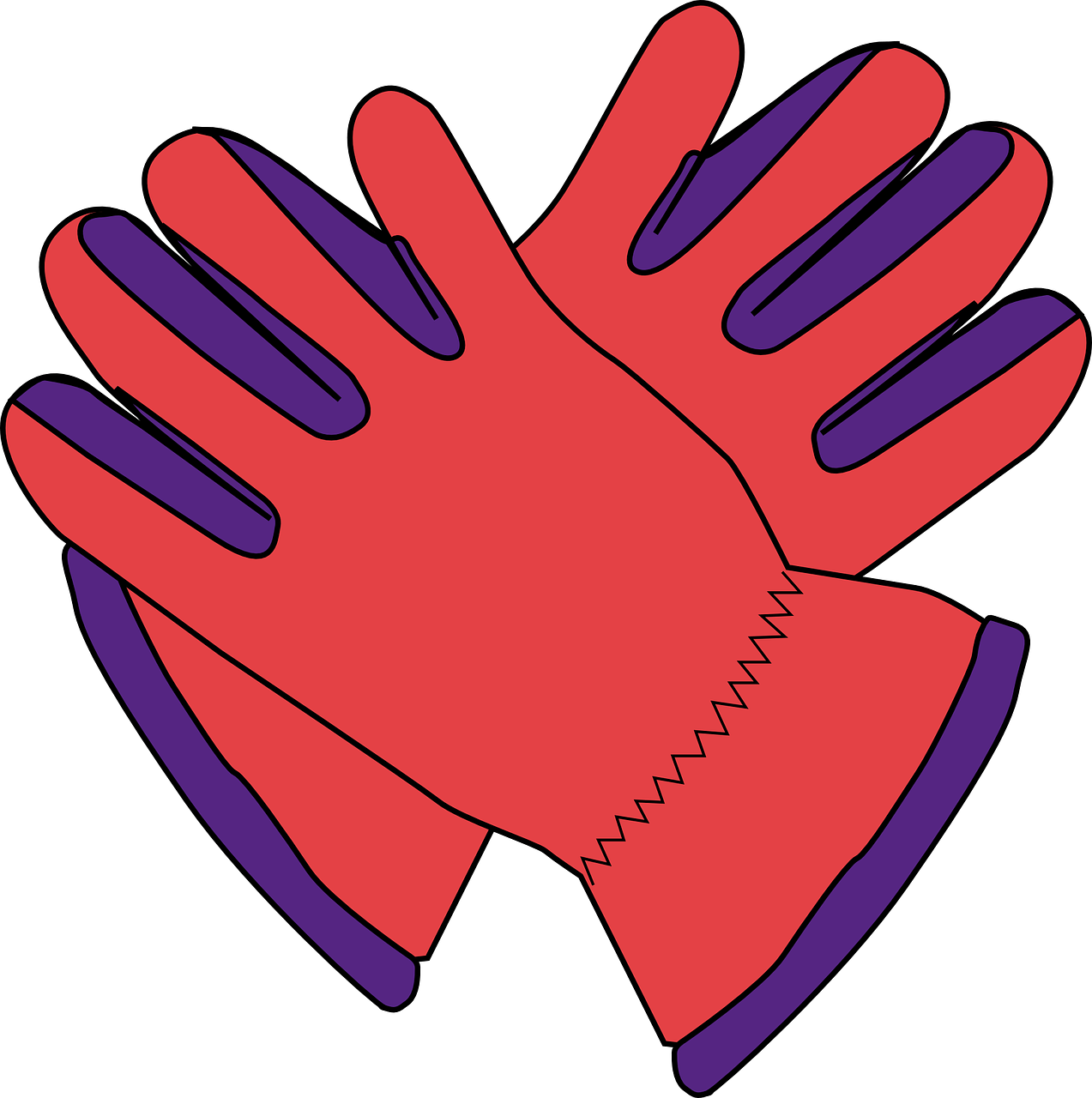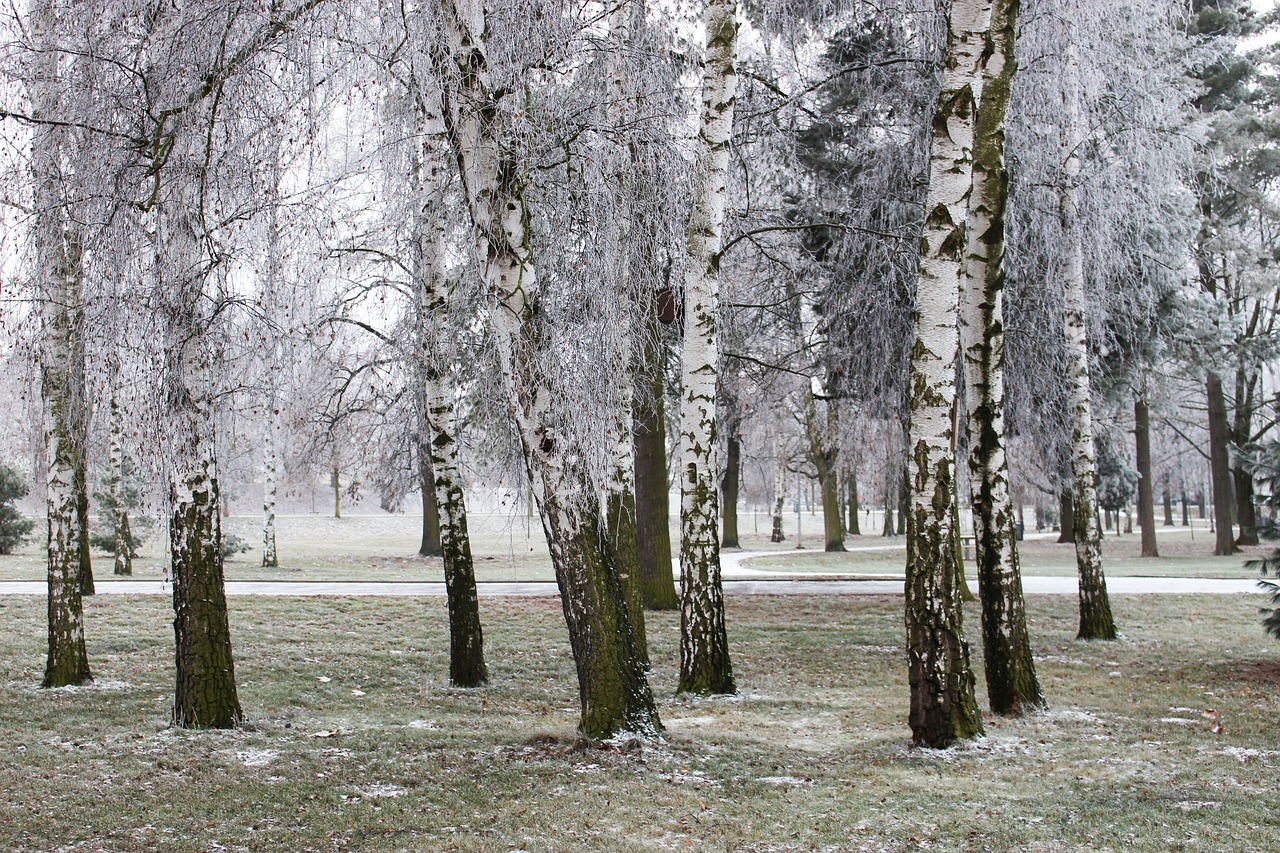Welcome to the informative article on what frostbite looks like on your face. Frostbite occurs when parts of the skin and underlying tissues freeze due to exposure to extreme cold temperatures. When it affects the face, it can result in skin discoloration, numbness, and a tingling sensation. In severe cases, blisters and deep tissue damage may occur. It’s important to recognize the signs of frostbite on your face to seek prompt medical attention and prevent further complications. So, let’s delve into the details of what frostbite looks like on your face to keep yourself safe and protected during winter adventures.
What Does Frostbite Look Like On Your Face
Hey there! Have you ever found yourself in the freezing cold, only to realize later that your face is feeling a bit off? It’s essential to know the signs of frostbite, especially when it comes to your face, as it’s one of the most exposed areas to the cold. Let’s dive into what frostbite looks like on your face and how to recognize it before it’s too late.
Understanding Frostbite
Frostbite occurs when skin and underlying tissues freeze due to exposure to cold temperatures. It typically affects extremities such as fingers, toes, ears, and the nose. However, the face is also prone to frostbite, particularly the cheeks, nose, and ears.
How Frostbite Develops
Frostbite occurs in several stages, with each stage having distinct symptoms:
- Frostnip: This is the mildest form of frostbite, resulting in numbness, tingling, and redness of the skin.
- Superficial Frostbite: At this stage, the skin appears pale or white and feels stiff to the touch.
- Severe Frostbite: When frostbite becomes severe, the affected area may turn black and hard.
Understanding these stages is crucial in identifying frostbite on your face.
Recognizing Frostbite on Your Face
Spotting frostbite on your face is essential to prevent further damage. Here are some common signs and symptoms to look out for:
Color Changes
One of the first signs of frostbite on your face is a change in skin color. Initially, the affected area may appear red or pale. As frostbite progresses, the skin may turn white, grayish, yellow, or even black.
Numbness or Tingling
If you start to feel a tingling sensation or numbness on your face, it could be a sign of frostbite. This often accompanies color changes and is a sign that the skin and tissues are freezing.
Pain or Stinging Sensation
As frostbite worsens, you may experience pain or a stinging sensation in the affected area. This is a sign that the tissues are being damaged and can indicate severe frostbite.
Blisters
In severe cases of frostbite, blisters may form on the skin. These blisters can be painful and may lead to infection if not treated promptly.
Hard or Waxy Appearance
Advanced frostbite can cause the skin to become hard or waxy to the touch. This is a severe sign that the tissues have been significantly damaged and may require medical attention.

Treating Frostbite on Your Face
If you suspect that you have frostbite on your face, it’s crucial to act quickly to prevent further damage. Here are some steps you can take to treat frostbite:
Move to a Warm Area
The first step in treating frostbite is to move to a warm area to prevent further exposure to the cold. Avoid rubbing or massaging the affected area, as this can cause more damage.
Remove Wet Clothing
If your face is wet, remove any wet clothing or accessories to prevent further heat loss. Dry the affected area gently with a soft towel.
Warm the Affected Area
You can warm the affected area gradually by placing it next to warm skin, such as under your armpits. Avoid using direct heat sources like heaters or fires, as this can cause burns.
Seek Medical Attention
If you have severe frostbite on your face, or if you see signs of infection like pus or drainage from blisters, seek medical attention immediately. Frostbite can lead to permanent tissue damage if not treated promptly.
Preventing Frostbite on Your Face
Prevention is key when it comes to frostbite on your face. Here are some tips to help protect your face from frostbite:
Dress in Layers
Wearing layers of clothing can help insulate your body and protect your face from the cold. Make sure to cover your head, ears, and face with a hat, scarf, and face mask.
Stay Dry
Moisture can worsen the effects of cold temperatures, so it’s essential to keep your face dry in cold weather. Choose moisture-wicking fabrics for your clothing and avoid sweating excessively.
Stay Hydrated
Staying hydrated helps maintain blood flow to your skin, which can prevent frostbite. Drink plenty of fluids, especially in cold weather, to keep your skin healthy.
Limit Outdoor Exposure
If temperatures are extremely cold, limit your time outdoors to prevent frostbite. When you do go outside, take frequent breaks in a warm area to warm up your face and body.

Conclusion
In conclusion, knowing what frostbite looks like on your face and how to recognize it is essential for staying safe in cold weather. By understanding the signs and symptoms of frostbite, you can take proactive measures to prevent and treat it effectively. Remember to dress warmly, stay dry, and seek medical attention if you suspect frostbite on your face. Stay warm and stay safe!
